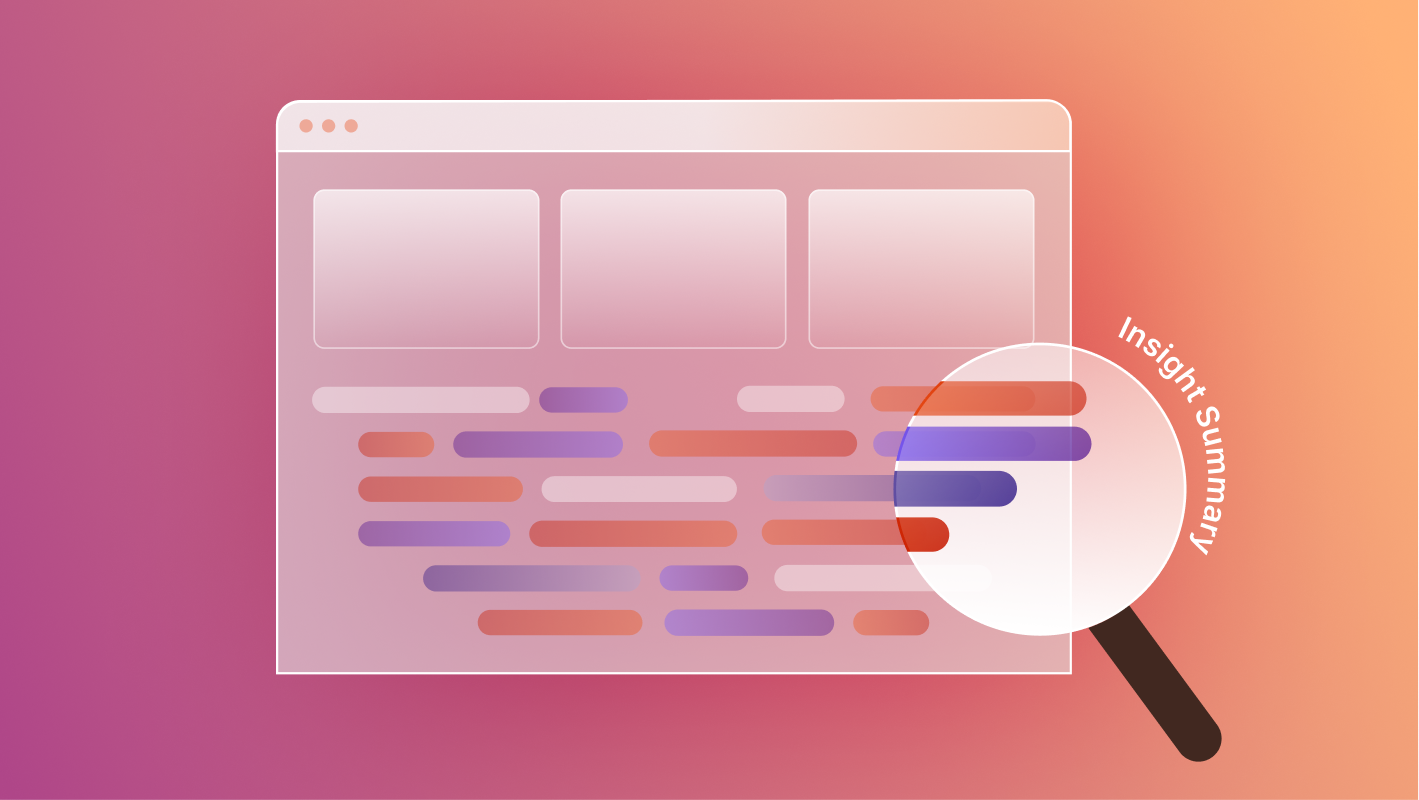Ambiguity is a part of every design process. Whether you’re launching a new product, rebuilding your brand’s site, or introducing features that don’t exist yet, you’re going to face moments of uncertainty.
That’s not a red flag. It’s part of every meaningful design project.
At Composite, we believe great design doesn’t happen in a straight line. It’s layered, iterative, and full of discovery. But ambiguity doesn’t have to mean confusion or chaos—if you plan for it.
Here’s how we deal with ambiguity, and how we help our clients stay grounded, even when not everything is figured out on day one.
Start with Structure, Not Styling
The best way to reduce uncertainty in a creative process is to start with structure. Before we touch color, typography, or motion, we focus on:
- Content planning – What matters to your business? What matters to your users?
- Sitemaps – What’s the hierarchy of information?
- Wireframes – How do we prioritize actions and tell a story without relying on visuals?
This early stage strips away subjective feedback and focuses everyone on strategy. It’s not just about making things look good—it’s about making things work. For more on how we approach wireframes, see How to Wireframe and Prototype Like a UX Strategist.

Build in Layers to Reduce Risk
Ambiguity is only risky when it’s ignored. So we bake flexibility into the process:
- Wireframes are reviewed and iterated before design begins
- Key pages are built first to test ideas early
- Feedback checkpoints are intentionally placed throughout the build
This allows us to validate structure and strategy before visuals ever go live. We’re not guessing—we’re refining.
Collaborate Early and Often
Ambiguity becomes a problem when feedback arrives too late. So we invite collaboration from the start:
- Clients see wireframes, not just final comps
- We align on goals and user needs early
- We set clear expectations for feedback and iteration
At Composite, each client gets a dedicated Slack channel where these important discussions take place. Fluid and consistent communication is imperative to any successful collaboration, and we take this part of the process very seriously.
This keeps everyone involved and informed—and helps prevent the dreaded late-stage design surprises.
Our Approach: A Process That Feels Like a Partnership
We completely understand that ambiguity can feel uncomfortable, especially when your brand, product, or business goals are on the line. Our approach is designed to make you feel supported and confident at every step. We don’t dive into design blindly. We build in layers, starting with a strong foundation so nothing feels arbitrary.
Composite begins with content planning and sitemaps, which allows us to clarify what matters most to your users and your business. From there, we move into wireframes—a non-visual but powerful tool to define information hierarchy and create hypotheses around what your audience cares about. This stage strips away subjective opinions and lets us focus on what’s truly effective.
As the project evolves, we bring in visual design and real creative expression. Because we’ve layered our thinking, from structure to strategy to visuals, it becomes much easier to give focused feedback and bring your vision to life without guesswork.
The result? A design process that feels less like a black box and more like a clear, strategic partnership. You’re never left wondering what’s next, and we always share our strong rationale behind every decision we make, so each client can understand how and why we got from point A to B.

Final Thoughts
Ambiguity doesn’t go away, but it becomes manageable when your design process is built to handle it.
We don’t pretend to have every answer on day one. But we do have a system that makes space for discovery, testing, and feedback, so you never feel lost in the process.
If you’re navigating uncertainty in a redesign or product launch, let’s talk.




.svg)

.svg)











